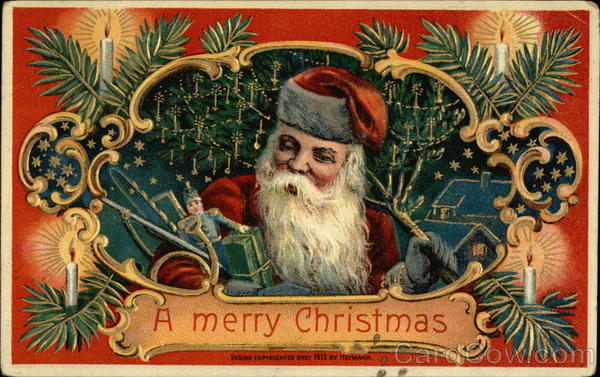 By 1962, the pressure to raze the Conrad House was mounting, with the Winchester Retail Merchants Association urging City Council to clear and level the lot. The Association even offered to pay half of the expected costs of demolition and construction – a hefty $45,000.00 (approximately $345,000.00 in today’s inflation) if the City would match the amount. The plan to raze the house for parking was officially endorsed by Winchester-Frederick County Chamber of Commerce in October of 1962.
By 1962, the pressure to raze the Conrad House was mounting, with the Winchester Retail Merchants Association urging City Council to clear and level the lot. The Association even offered to pay half of the expected costs of demolition and construction – a hefty $45,000.00 (approximately $345,000.00 in today’s inflation) if the City would match the amount. The plan to raze the house for parking was officially endorsed by Winchester-Frederick County Chamber of Commerce in October of 1962.
On the other side, proponents of history, both individuals and organizations including the National Trust for Historic Preservation, were offering alternative sites for a parking lot and other potential uses for the historic building.(1) Petitions and letter campaigns to save the house were circulating, council members were polled in the newspaper on their sentiments, garden clubs and individuals were speaking at public hearings or writing in to City Council against the rising tide of demolitions. The unrest culminated with the Winchester-Frederick County Historical Society asking City Council for the Conrad House to be put to the voters in a referendum.
 The issue reached a spirited climax in the January 1963 City Council meeting with two important items on the agenda. The vote to match the Winchester Retail Merchants Association funds to raze the house was tied at 6-6, with the 13th tie-breaking member of Council out of town and unavailable to cast a vote. It seemed that with the passing of the second important item, a 90 day grace period for preservationists to submit alternative plans for the Conrad House, that the prospects to retain the building were improving. City Council eventually voted the Conrad House off its agenda in September of 1963, seemingly dropping the issue without public fanfare.
The issue reached a spirited climax in the January 1963 City Council meeting with two important items on the agenda. The vote to match the Winchester Retail Merchants Association funds to raze the house was tied at 6-6, with the 13th tie-breaking member of Council out of town and unavailable to cast a vote. It seemed that with the passing of the second important item, a 90 day grace period for preservationists to submit alternative plans for the Conrad House, that the prospects to retain the building were improving. City Council eventually voted the Conrad House off its agenda in September of 1963, seemingly dropping the issue without public fanfare.
The reprieve was to be short-lived. In 1964, City Council created the Winchester Parking Authority (WPA) with the directive to increase off-street parking facilities downtown. One of the City-owned properties leased to the WPA was the Conrad House. The WPA continued to operate the Conrad House as apartments until announcing plans in January 1969 to demolish the Conrad House and create two parking lots on the site.
“The Hill” was not left friendless in this second fight against impending demolition. The same group of determined citizens who stood against the plan in 1963 had continued their association under the name Winchester Committee for Historic Preservation. They were ready to rally the public outcry once again for Winchester’s second oldest building.

Synopsis of the timeline of the issue found in May 2, 1969 Winchester Evening Star story “A House, a Hill, and a Controversy” by Pat Robinson, C-8.






